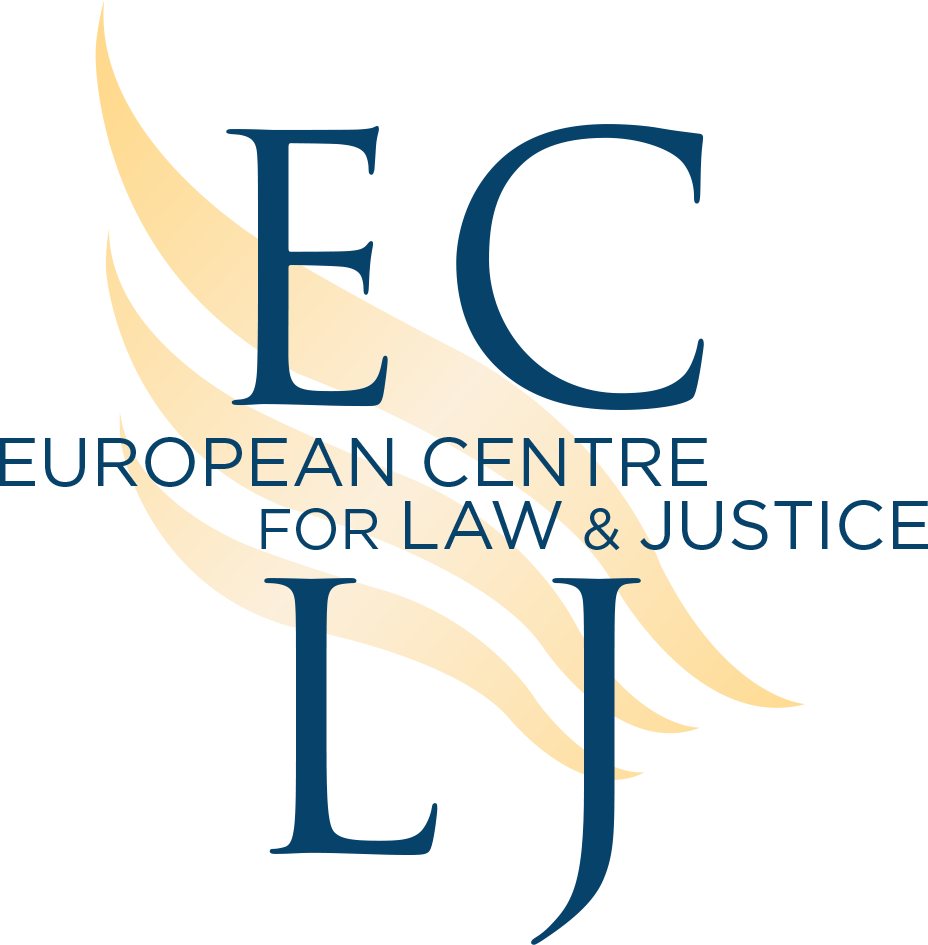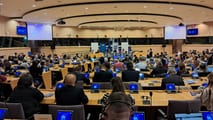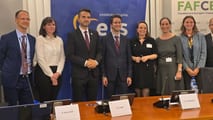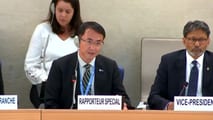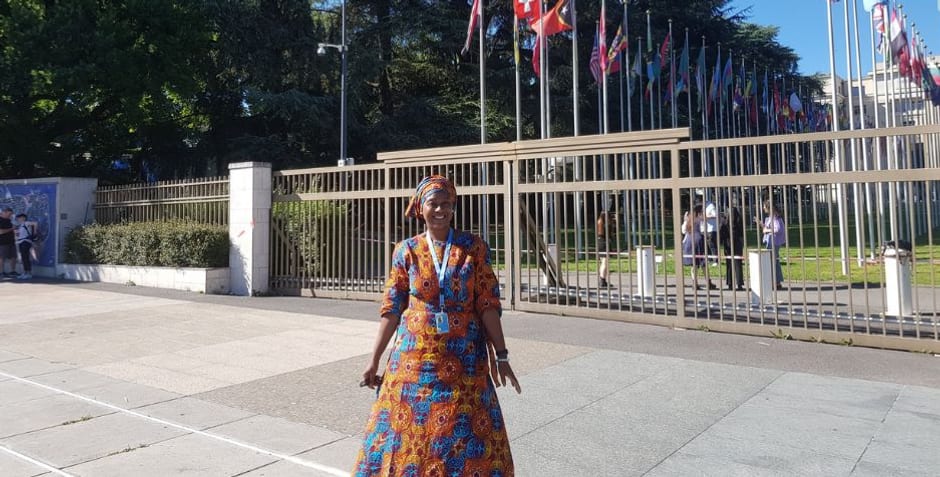

Exposure to Pornography & Sexual Abuse: ECLJ contribution to UN Special Rapporteur
Exposure to Pornography & Sexual Abuse: ECLJ contribution to UN SR
On 31 October 2025, the European Centre for Law and Justice (ECLJ) submitted a written contribution to Ms Mama Fatima Singhateh, United Nations Special Rapporteur on the sale, sexual exploitation and sexual abuse of children, on the link between child exposure to online pornography and sexual abuse. This was in response to the Special Rapporteur’s call for inputs to prepare her final report, to be published in February or March 2026, on the theme “Protecting children from sale, sexual exploitation and sexual abuse: progress, new frontiers and the path forward”. As her mandate ends in April 2026, the aim is to take stock and propose perspectives for the next mandate.
The ECLJ therefore asked the Special Rapporteur to use this report to explicitly affirm the link between child exposure to online pornography and sexual abuse, so that all forms of sexual abuse can be recognized and combated. To support this request, it showed, on the one hand, that such exposure to pornography is a factor in sexual abuse: there is a correlation between pornography consumption and sexual violence among minors, the increase in which is unanimously recognized. This can be explained both by the omnipresent violence in pornographic content and by the physiological characteristics (sensitivity to dopamine, role of mirror neurons, etc.) of the developing brains of minors. Furthermore, child exposure to online pornography appears in itself to be a form of sexual abuse: many child welfare professionals compare it, particularly when it is unintentional (more than 40% of first encounters with pornography), to ‘psychological rape’. It can thus cause serious psychological, physical and behavioural damage, similar to that caused by sexual abuse in the real world. The pornography industry bears a large share of responsibility, as it knows that children are unintentionally exposed to this type of content, but also that many others view it voluntarily. But ‘Children’ is synonymous with ‘money’, while ARCOM has highlighted that minors account for no less than 12% of the audience for pornographic websites.
In this context, the ECLJ wished to inform the Special Rapporteur that the European Parliament recently acknowledged the link between child exposure to pornography and sexual abuse during the first reading vote on the proposal to recast the European Directive of 13 December 2011 on combating the sexual abuse and sexual exploitation of children and child pornography. On 17 June 2025, MEPs adopted a text requiring, in particular, EU Member States to criminalize the dissemination of pornography online without an effective age verification tool in place.
In its contribution, the ECLJ thanked the Special Rapporteur for addressing the issue of child exposure to pornography and its “significant impact on a child’s development, leading to trivialization of the phenomenon and distorting what is considered normal sexual interactions” in her report on “Existing and emerging sexually exploitative practices against children in the digital environment” (2024, A/79/122, §86), in which she indicated that she had taken into account the contribution provided by the ECLJ.
